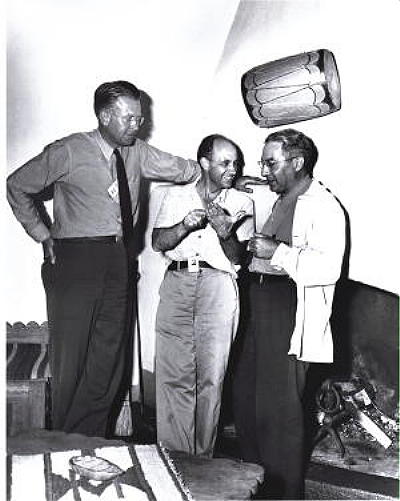CS 185C/286 - Lecture 7

Cay S. Horstmann
Lecture 7 Quiz 1
Put your answer into Piazza.
What is true about the setSchedules method in the Film class?
- It is called in
FilmParser.
- It is called in
FilmParserTest.
- It is not necessary since one can just call
getSchedules.
- It is poor design since a
Film should be immutable.
Lecture 7 Quiz 2
What is the result of the query http://mobile.cinequest.org/mobileCQ.php?type=schedules&day=2013-03-02?
- All films that play on March 2
- The user's schedule for March 2
- All program items that are scheduled for March 2
- All events that happen on March 2
Project Ideas

- Modernize Android client for Android 4, including tablets
- Improve device integration with Android and iPhone client: location, phone, schedule, contacts, etc.
- HTML5 Cinequest client
- Hemepath counter app
- Samsung S-Pen
- Port Cinequest app (films only, not schedule) to Windows phone
Today's Lecture/Lab
- Testing Concepts
- The Android Unit Testing Library
Testing Concepts
- Unit testing: Test code components in isolation
- Integration testing: Test the integration between components
- White/black box testing: Design tests with/without knowledge of the program structure
- Smoke test: A quick test for obvious failures
- Alpha/beta test: Test phase with engineers/end-users
- Stress testing: Checking whether the application can withstand high load
- Usability testing: Testing whether end-users can navigate the UI
- Test-driven design: Designing software together with test cases
- Test automation: Running tests without human intervention
- Continuous integration: Running automated tests after every checkin
The Unit Testing Philosophy
- Classical model: Programmers write code, throw it over the fence to testing department
- Advantage: Programmers need not be experts in test automation
- Problem: Generally poor coverage of internal features
- Unit tests are authored by programmers
- ...some preferably before writing any code
- Advantage: Can help clarify API
- Advantage: Testability is built into the API
- Advantage: Better test coverage of nontrivial internals
- Most commonly used framework: JUnit
Never in the field of software development have so many owed so much to so few lines of code.—Martin Fowler
JUnit Test Case
Testing For Exceptions
Fixtures
- Often want to set up data structures before test runs
- Setup code typically shared between tests
- Annotate method with
@Before
- Run before each test
@BeforeClass method runs once before all @Before methods- If test classes use inheritance, superclass
@Before/@BeforeClass methods run before subclass
@After/@AfterClass for teardown
Mock Objects

- Object that acts for another object during testing
- because the original is too heavyweight
- because the original doesn't exist yet
- The original and mock should implement a common interface
- Example:
JavaSEPlatform
Using JUnit Effectively
- Build parallel test hierarchy (
src / test)
- Make a test class when (before?) you make a class
- Come up with one nontrivial test case right away
- Don't test trivial stuff (such as getters/setters)
- If something makes you nervous, write a test case
- When you fix a bug, add a test case that would have caught it
- Group test cases with the same
@Before/@After into one test class
- Use inheritance to factor out common
@Before/@After
- Run all tests before you check in your code (duh)
- Be aware of the limitations of unit tests—no replacement for integration testing
Android Testing Support
- JUnit 3 Extension
- Provides mock objects that simulate app lifecycle
- Provides useful assertions for Android programming
monkeyrunner automates UI testing. Write scripts in Python that start an app, simulate user actions, takes screenshots, etc.- Exerciser Monkey: Stress test tool. Sends pseudorandom stream of events to the program
- StrictMode
Reading Before Next Class

Lab

- Bring your laptop to the lab
- You will work with a buddy
- One of you writes code, the other types up answers
- Switch roles each lab
- Submit lab work to git
Spinner Test Tutorial Setup
- We will follow this tutorial.
- Open the Android SDK Manager and make sure that you have the Samples for SDK installed. If not, install them now. Don't install updates—that takes too long.
- Make a new Android project from existing sources. Select
sdk/samples/android-version/Spinner inside your ADT. Be sure to check "Copy into workspace".
- Now follow the instructions at “To create a new test project for the SpinnerTest application, follow these steps: ”
- Complete the tutorial and answer the questions on the next slide.
Spinner Test Tutorial Questions
- After “Adding an initial conditions test”: That test seems a little contrived. Give an example of a more interesting test that one might want to make in the Homework 2 application.
- After “Adding a UI test”: Why do they send keys and not mouse clicks?
- After “Adding state management tests”: How would you apply this to the Homework 2 application?





